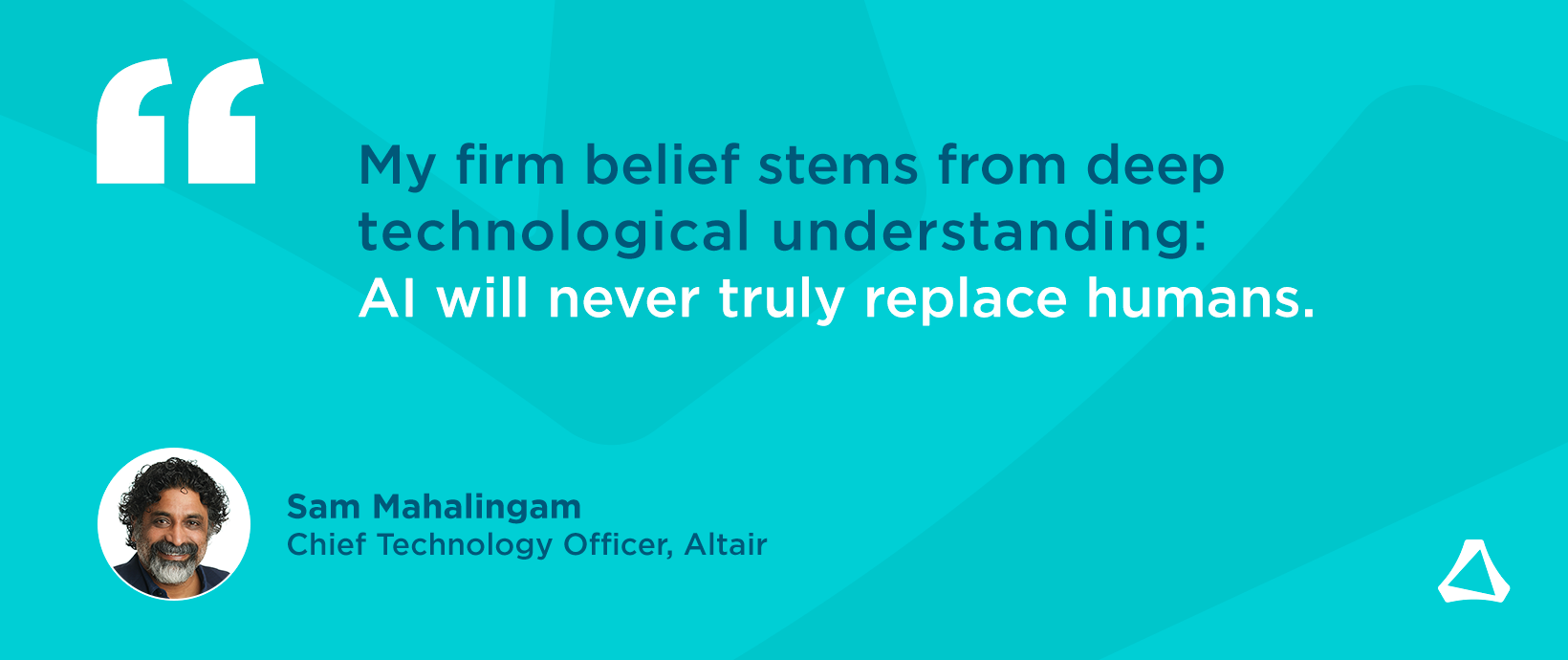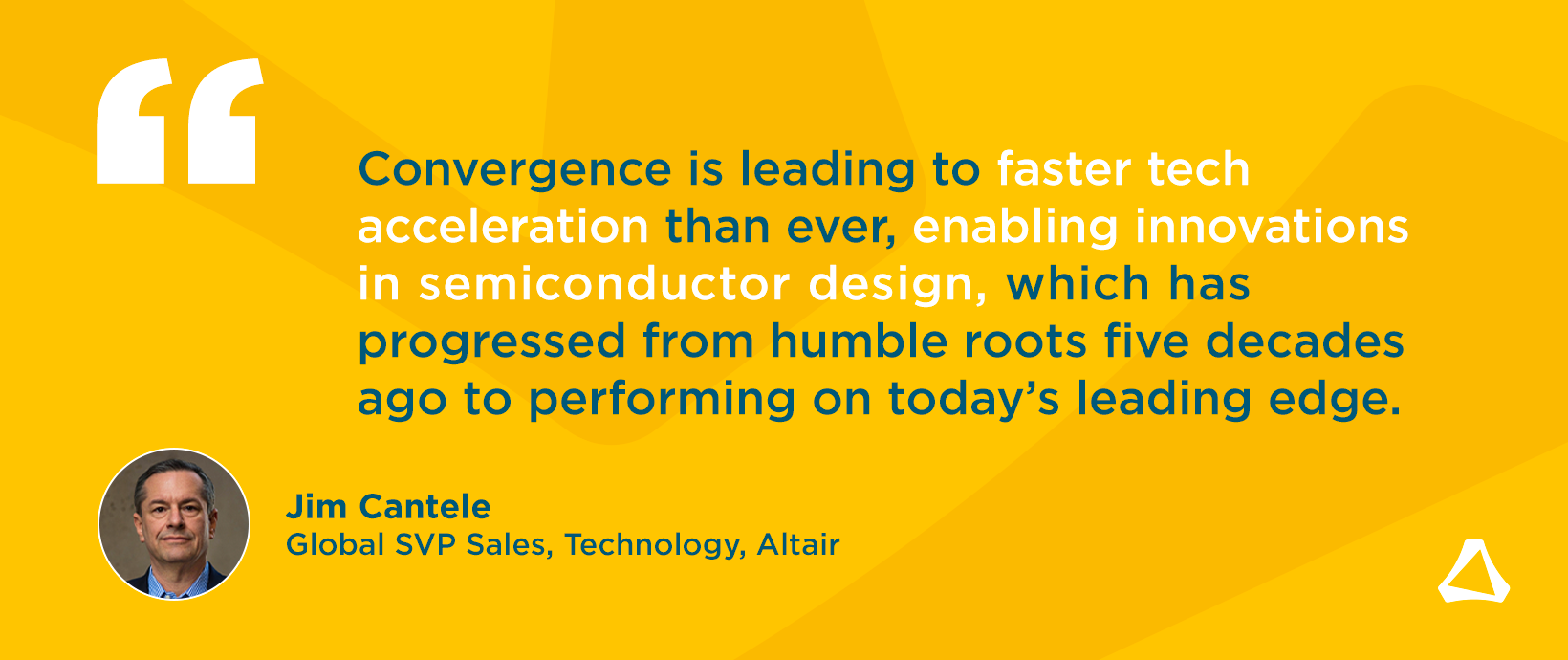Meeting the Test of Autonomous Vehicle Development

Filtering out the irrelevant. If you were looking to summarize at least part of the challenge involved in creating an autonomous vehicle, that might be a reasonable starting point.
As I highlighted in an earlier post, we’re witnessing the most profound advances in automotive design since the invention of the horseless carriage. Taking control away from the driver represents the biggest of them all.
Having said that, it’s also possible to see autonomous vehicles as a story of gradual change rather than a big bang. Starting back in the 1990s with the arrival of adaptive cruise control, autonomous technology has been steadily adopted in mainstream, mass-market models. Today, options such as lane assist, tiredness detection, and autonomous emergency braking are becoming commonplace.
Each of these systems feeds on a constant stream of data from sensors. Interpreting it correctly – and instantly – is key to ensuring the correct response. Too many false positives will soon become an irritant for the driver. But just one false negative could put their life at risk.
Autonomous vehicles represent a huge increase in the number of such systems – and the sensors and data that go with them. Each one needs to be capable of reaching the right decisions, in real-time, in a vast array of different scenarios. And that’s every split second the car is moving.
Take emergency braking. Is that a child that has just run out in front of the car? An empty grocery bag blown by the wind? Or merely a shadow cast by a setting sun? The system needs to interpret all the relevant data in every imaginable scenario and conditions – urban jungle or featureless desert, day or night, in snow, rain, fog or brilliant sunshine.
Getting these things right demands a vast amount of testing. Some of this can be conducted using real vehicles in the real world. However, the scale and nature of the challenge means that this will never provide all the answers in the time available. As a result, millions of miles of simulation are needed. Running training simulations on this scale demands distributed computing managed on high-performance computing (HPC) networks. Altair PBS Works and Runtime workload management technologies meet this need, enabling efficient distribution of heavy compute workloads across HPC environments.
Just as autonomous driving systems must identify and respond to complex conditions and situations, engineers need to find the insights buried in the tsunami of real world and simulation data they produce. To help draw decision-making value from data, automotive companies require the powerful artificial intelligence (AI) and machine learning-enabled data analytics tools that Altair is pioneering.
Autonomous systems are a stand-out example of the new convergence between automotive engineering, data science, simulation, and HPC. To manage autonomous vehicle testing effectively, all these elements need to be brought together, within an intuitive and accessible environment that enables diverse teams of engineers to collaborate.
We shouldn’t underestimate the importance of meeting this challenge. There’s still a tendency to treat autonomous vehicles as either novelty or menace. In fact, what we’re looking at is the potential to save some of the 1.35 million lives lost every year to road traffic accidents. Many of these are the result of human error that will be avoided with improved drive assistance and autonomy. At Altair, we’re committed to building the technologies that can help enable the testing behind this momentous work. For more details, click here.




